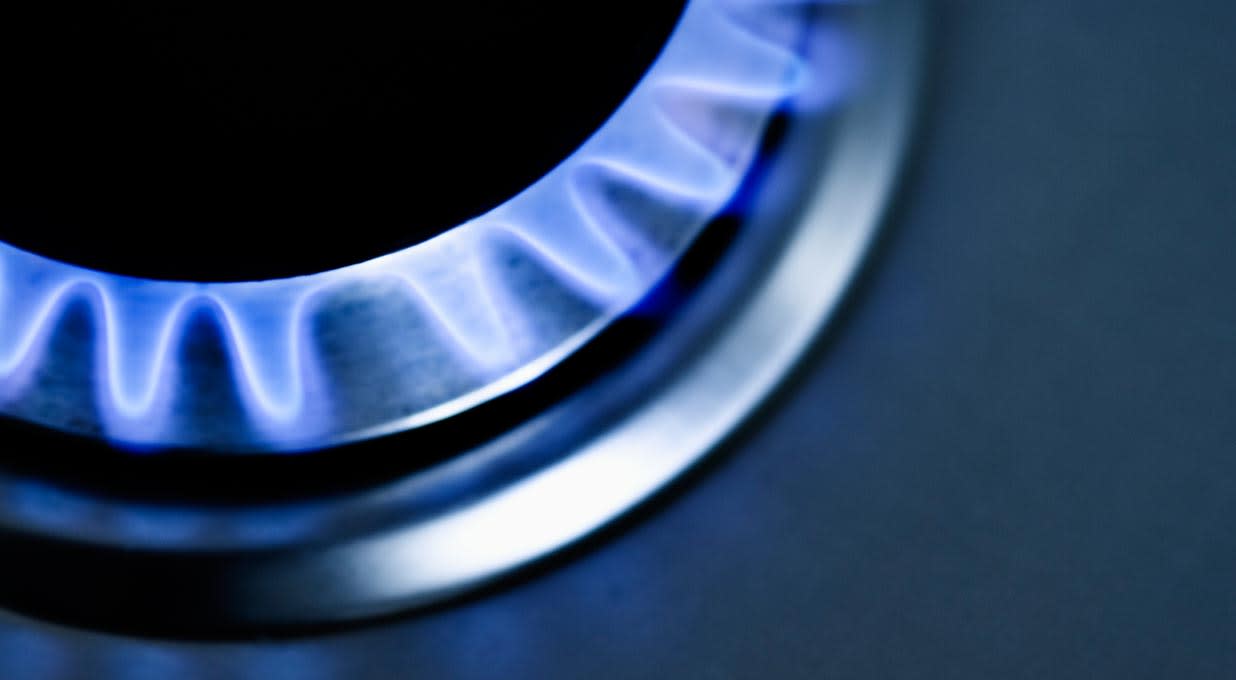Centrica’s full-year revenue fell 25% to £19.9bn, driven by lower commodity prices and price volatility.
Underlying operating dropped by 44%, but this was still better than markets had forecast. The decline was due to the fall in revenue and the previous year’s one-off cost recoveries of £500mn being non-recurring.
Free cash flow fell from £2.2bn to £1.0bn as a result of the lower profits and increased capital expenditure. Net cash improved from £2.7bn to £2.9bn.
For 2025, all Retail Energy Supply and Optimisation businesses are expected to deliver underlying operating profits within their medium-term target ranges. British Gas Services & Solutions is expected to reach its medium-term target range by 2026.
Full-year dividends were up 12.5% to 4.5p per share, and a further £500mn of share buybacks have been announced.
The shares rose 8.6% in early trading.
Our view
On the face of it, declines in Centrica’s headline figures were a tough read as energy markets returned to more normal levels of prices and volatility. But markets chose to focus on profits landing slightly better than forecast, and alongside the announcement of a further £500mn of share buybacks, there was a positive reaction on the day.
British Gas owner Centrica is making good progress towards its medium-term profitability targets across its different divisions. In fact, the majority of Centrica’s businesses look on track to deliver these targets ahead of schedule.
Operational performance is showing signs of improvement. Customer numbers have stabilised after a period of outflows in the prior year, and customer satisfaction scores are moving in the right direction as complaints have reduced.
Centrica Energy is the group's trading arm, which can benefit from energy price volatility. It also buys and stores gas when prices are low, then waits for higher prices to generate and sell power back to the market, profiting on the difference. Operating profits here were down 60% too, broadly as expected. Despite this, it's likely to be the group's biggest money-maker moving forward, even if energy prices and volatility dampen down further.
The Infrastructure division is responsible for the production of oil as well as the sale of power from its UK nuclear plants. Underlying performance has weakened in recent times, largely as a result of lower prices.
Big plans are afoot to turn the infrastructure segment into a renewable energy powerhouse. But the transition's not going to come cheap or quickly, with between £600-£800mn per year set to be invested in the transition out to 2028, which could put a strain on cash flows if returns aren't as high or quick as planned.
The balance sheet remains in good shape for now, with underlying net cash of £2.9bn. That means the recently reinstated dividend and extended buyback programme looks on solid ground. But remember, dividends can vary and are never guaranteed.
We're extremely impressed with how far Centrica's come in the past of couple years, and the group now has a sizable cushion for any future bumps in the road. Profitability may come under pressure in the near term, but we feel that’s baked into the low valuation. Difficult market conditions mean sentiment could remain muted for a while longer.
Environmental, social and governance (ESG) risk
The utilities industry is high-risk in terms of ESG. Management of these risks tends to be strong, with European firms outperforming their overseas counterparts. Environmental risks like carbon emissions, resource use and non-carbon emissions and spills tend to be the most significant risks for this industry. Employee health and safety and community relations are also key risks to monitor.
According to Sustainalytics, Centrica’s management of ESG risk is strong.
It has a board-level committee overseeing ESG issues such as safety and environmental programmes. Services have been digitalised to help improve customer experience and retention, and customer complaints have recently reduced. Centrica reports ESG information in its annual report, but this does not follow best practices.
Centrica key facts
All ratios are sourced from Refinitiv, based on previous day’s closing values. Please remember yields are variable and not a reliable indicator of future income. Keep in mind key figures shouldn’t be looked at on their own – it’s important to understand the big picture.
This article is not advice or a recommendation to buy, sell or hold any investment.No view is given on the present or future value or price of any investment, and investors should form their own view on any proposed investment.This article has not been prepared in accordance with legal requirements designed to promote the independence of investment research and is considered a marketing communication.Non - independent research is not subject to FCA rules prohibiting dealing ahead of research, however HL has put controls in place(including dealing restrictions, physical and information barriers) to manage potential conflicts of interest presented by such dealing.Please see our full non - independent research disclosure for more information.


